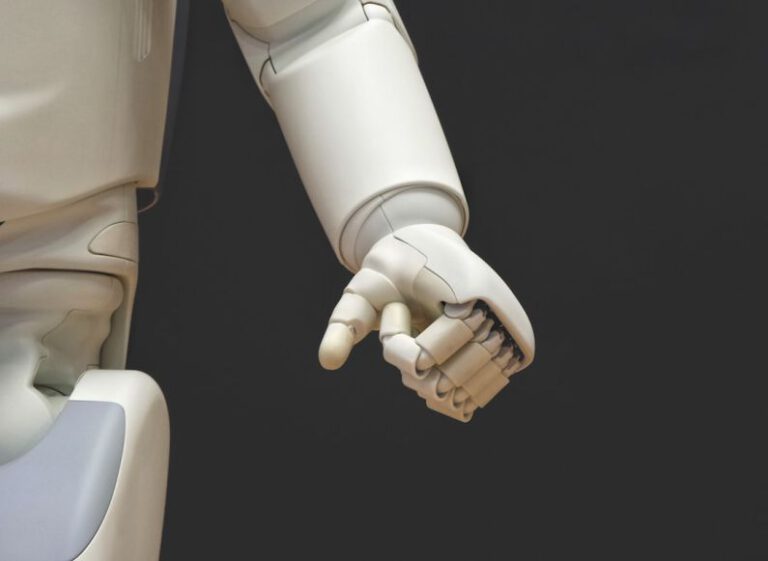Exoskeletons: Enhancing Human Abilities
Exoskeleton technology has rapidly evolved in recent years, offering a myriad of benefits to individuals across various fields. From enhancing physical strength to aiding in rehabilitation, exoskeletons have proven to be a revolutionary tool in expanding human capabilities. This article delves into the fascinating world of exoskeletons and explores how they are reshaping the way we perceive and utilize our bodies.
The Rise of Exoskeleton Technology
In the realm of science fiction, exoskeletons have long been depicted as futuristic suits that grant wearers superhuman strength and agility. While the reality may not be as dramatic, the advancements in exoskeleton technology are certainly groundbreaking. Originally developed for military and medical purposes, exoskeletons have now found applications in diverse fields, including healthcare, manufacturing, and sports.
Enhancing Physical Strength and Endurance
One of the primary benefits of exoskeletons is their ability to augment human strength and endurance. By providing mechanical support to the wearer’s muscles and joints, exoskeletons can significantly reduce the physical strain associated with tasks that require repetitive or strenuous movements. This is particularly beneficial in industries such as construction and manufacturing, where workers are often required to lift heavy objects or perform repetitive motions for extended periods.
Improving Rehabilitation and Mobility
Exoskeletons have also shown great promise in the field of rehabilitation, helping individuals recover from injuries or disabilities. By providing support and assistance during movements, exoskeletons can aid in the recovery process and help patients regain mobility and independence. Additionally, exoskeletons can be used to improve gait patterns and balance in individuals with neurological conditions such as stroke or spinal cord injury.
Expanding Possibilities in Sports and Fitness
In the realm of sports and fitness, exoskeletons have opened up new possibilities for athletes and enthusiasts alike. By enhancing strength and agility, exoskeletons can help athletes improve their performance and reduce the risk of injury during training and competition. In addition, exoskeletons can be used to assist individuals in achieving their fitness goals, whether it be through enhancing endurance or providing support during physical activities.
Challenges and Future Directions
While exoskeleton technology has made significant strides in recent years, there are still challenges that need to be addressed to fully realize its potential. Cost and accessibility remain major barriers for widespread adoption of exoskeletons, particularly in healthcare settings where they could greatly benefit patients with mobility issues. Additionally, further research is needed to optimize exoskeleton design and functionality, ensuring that they are comfortable, efficient, and user-friendly.
Unlocking Human Potential with Exoskeletons
As exoskeleton technology continues to evolve, the possibilities for enhancing human abilities are virtually limitless. Whether it be through improving physical strength, aiding in rehabilitation, or enhancing athletic performance, exoskeletons have the potential to revolutionize the way we interact with our bodies. By harnessing the power of exoskeletons, we can unlock new levels of human potential and redefine the boundaries of what is possible.
In conclusion, exoskeletons represent a remarkable fusion of technology and human physiology, offering a glimpse into a future where our capabilities are enhanced beyond imagination. With ongoing advancements and innovations in exoskeleton technology, we can look forward to a world where individuals are empowered to achieve greater feats and overcome physical limitations. The journey towards realizing the full potential of exoskeletons is undoubtedly an exciting one, with endless possibilities waiting to be explored and embraced.






